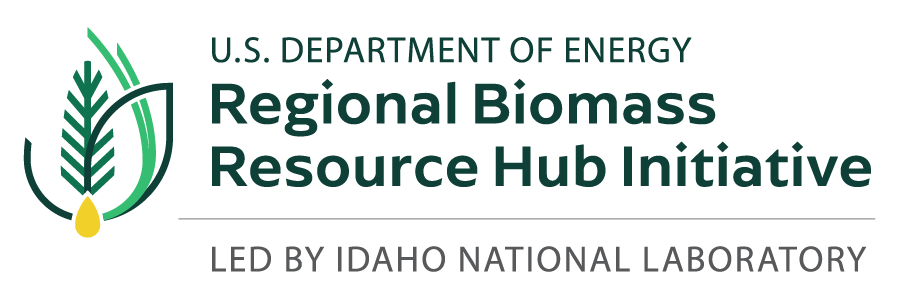Description
The NREL Biomass Compositional Analysis Team can perform high-throughput conversion screening of biomass samples using multiple pretreatment chemistries followed by enzymatic hydrolysis using industry-standard cellulase and hemicellulase cocktails. Combined with NREL’s Laboratory Analytical Procedures (LAPs) and substantial biomass analytical expertise, the screening studies generate robust measures of cellulosic sugar conversion yield, a robust proxy of convertibility in biorefineries.
We have also demonstrated the ability to develop a prediction model for convertibility by combining near-infrared (NIR) spectroscopy and high-throughput conversion data of the biomass samples with multivariate modeling. We can work with researchers to rapidly develop a new rapid prediction model leveraging our existing model by adding additional sample spectra and conversion data into the calibration data set.
Capability Bounds
Pretreatment assays using multiple chemistries at temperatures up to 200 C with residence times ranging from 5 to 120 minutes require minimal sample amounts (1-3 grams). NIR analysis is a non-destructive technique requiring no additional sample material.
Unique Aspects
NREL’s high-throughput biochemical conversion assays provide the ability to rapidly screen large populations of feedstocks and have been demonstrated on such biomass feedstocks as herbaceous and woody materials as well as cellulosic waste materials. The data are also used to help guide pilot-scale experimental campaigns, which can be performed at NREL as well.
Availability
These high-throughput conversion assays are readily available for DOE-funded projects as well as external partnerships.
Benefit
NREL’s high-throughput conversion screening provides robust estimates of feedstock convertibility for biomass sample populations, essential phenotypic data for correlation with genetic and environmental/agronomic data generated by primary researchers. The data are also routinely used in technoeconomic analysis (TEA) and life-cycle analysis (LCA) studies.
Capability Expert(s)
Justin Sluiter, Darren Peterson, Katie Michel, Edward Wolfrum
